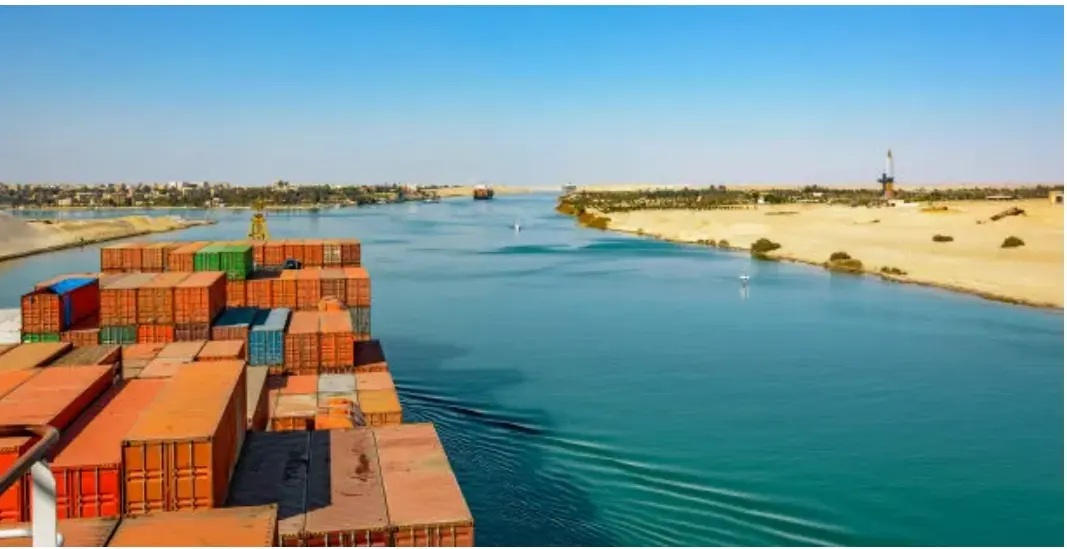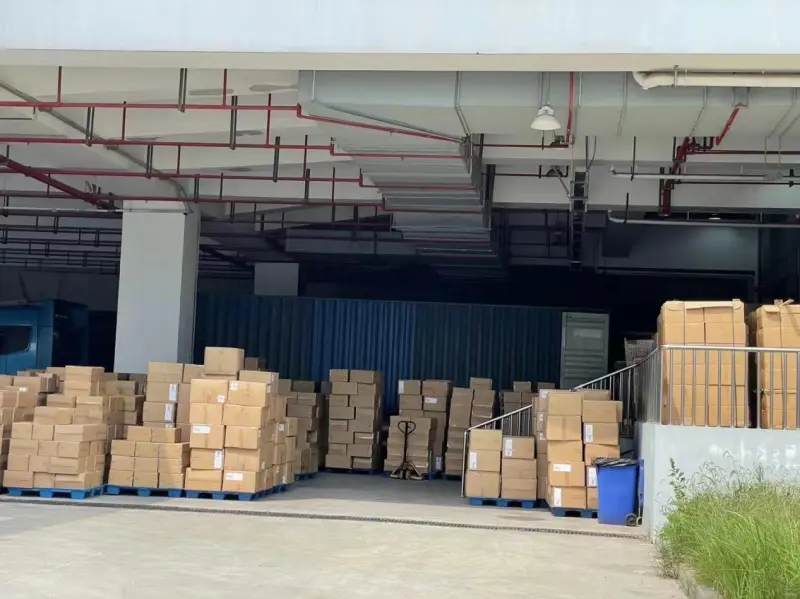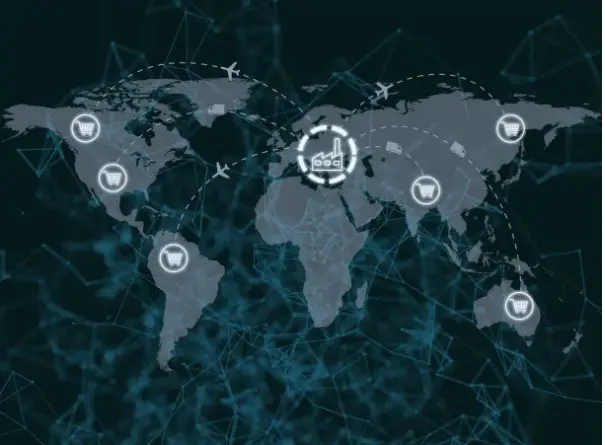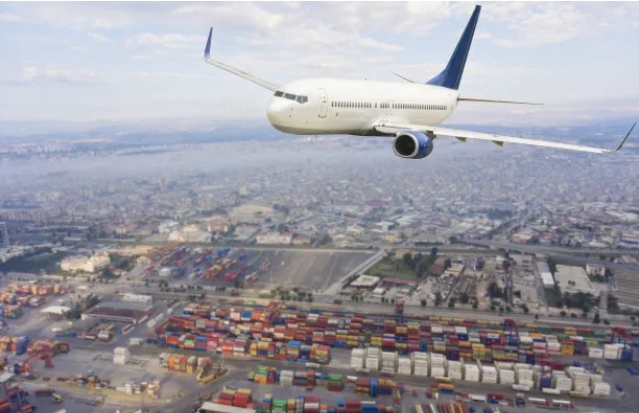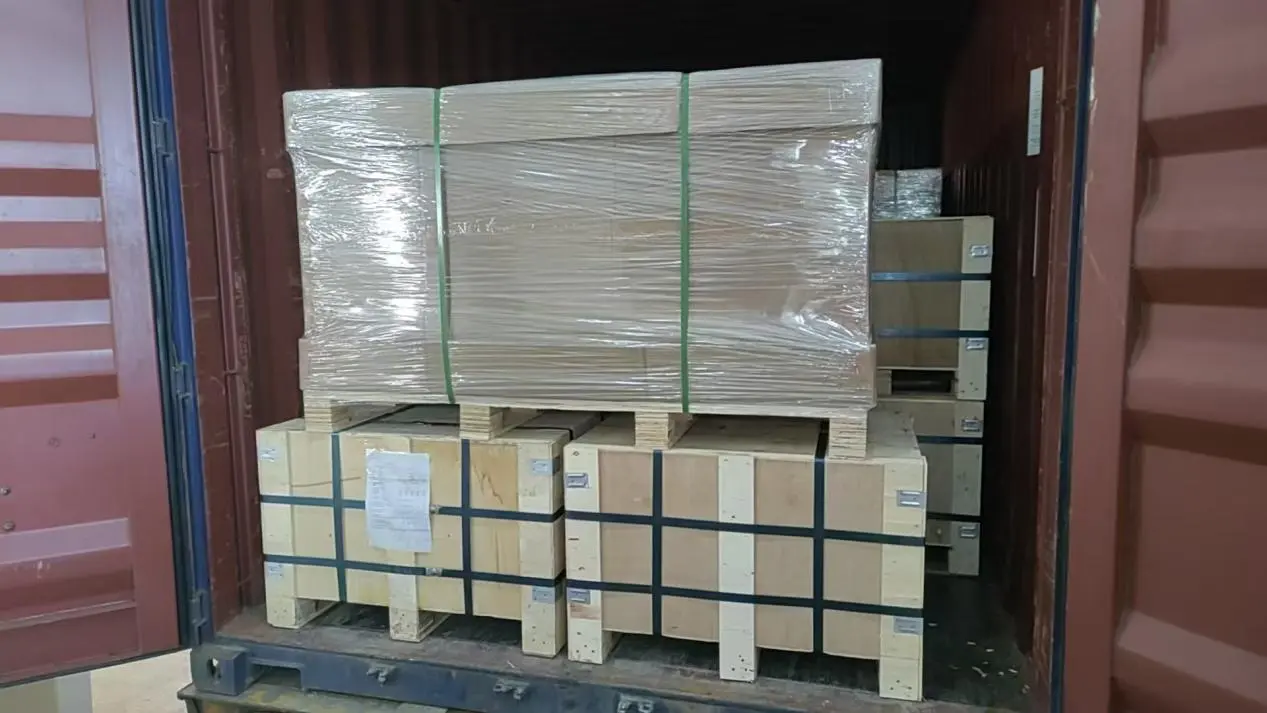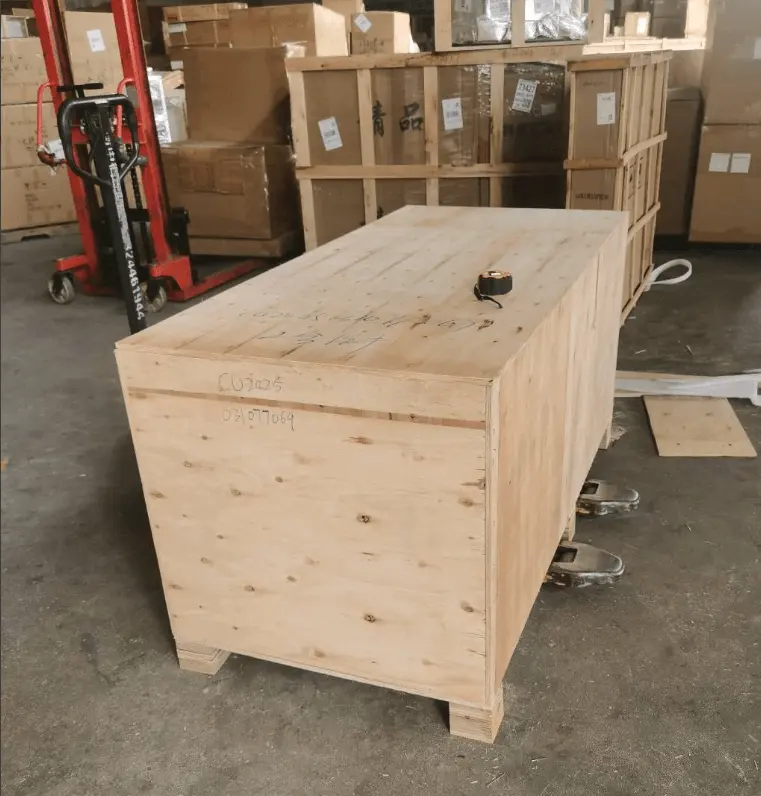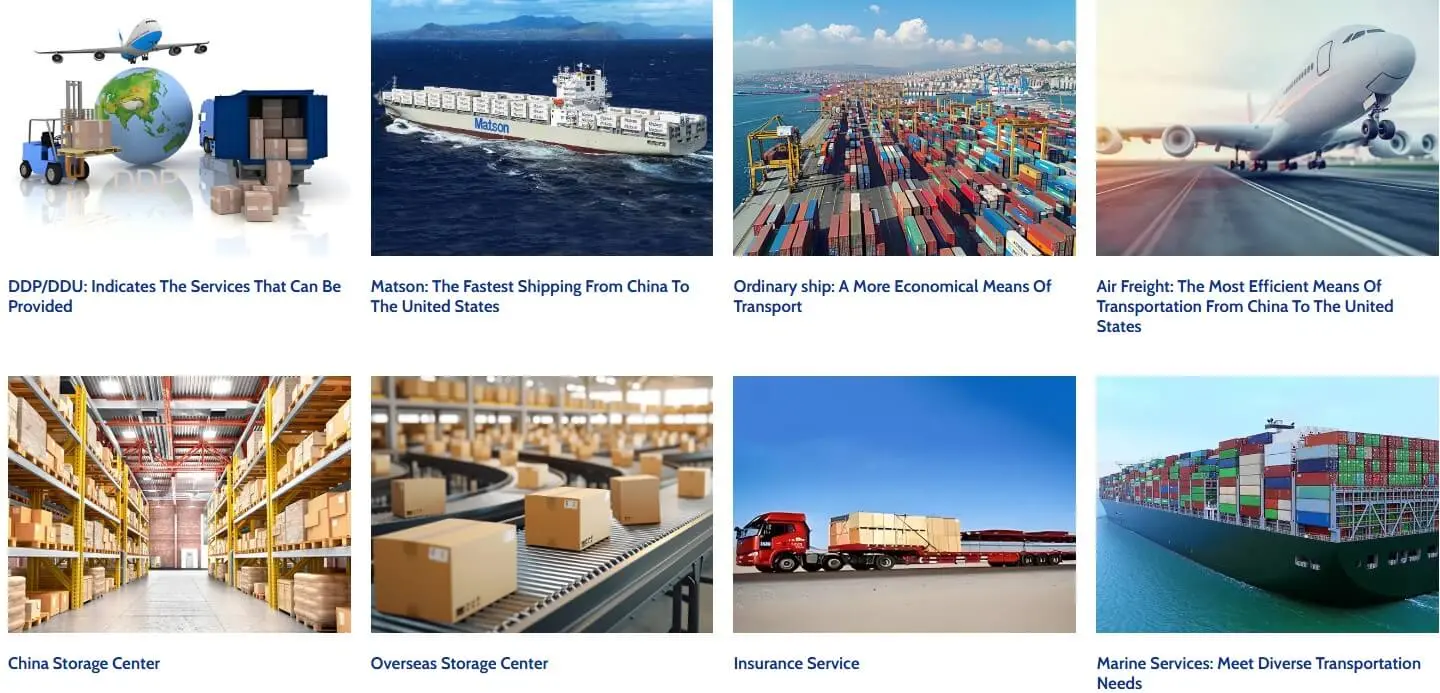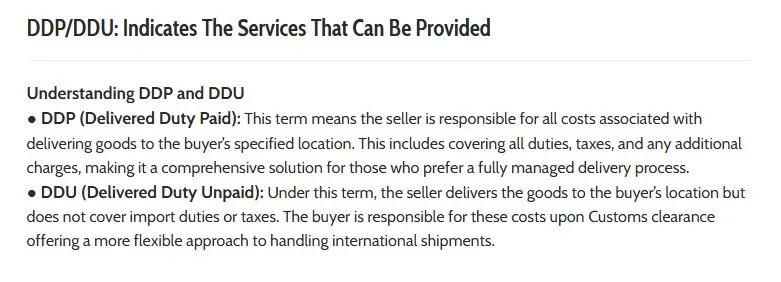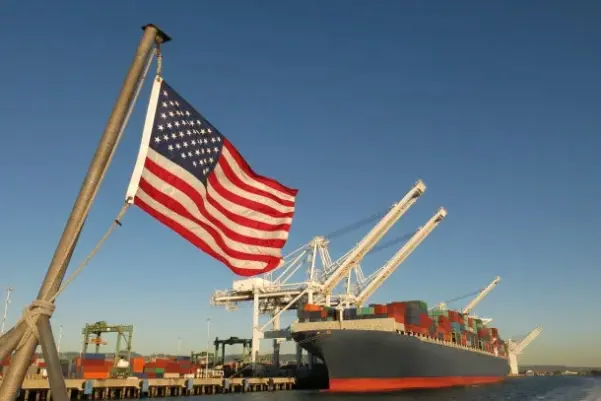The disruption of the Suez and Panama Canals threatens the logistics services and development of global trade
In recent years, affected by the war, the disruption of the Suez Canal and the Panama Canal has brought shock waves to the global trade logistics services, highlighting the vulnerability of international logistics transport. These vital waterways are vital arteries for maritime trade, facilitating the movement of goods between continents. When traffic through these canals drops dramatically, the effects ripple out to logistics services around the world, affecting everything from consumer prices to economic growth.
The Suez Canal, a vital route for trade between Europe and Asia, has faced severe delays due to blockages earlier this year, especially the ongoing war and attacks on passing ships. The incident not only stranded thousands of ships, but also forced many to take a longer detour around the Cape of Good Hope, making logistics services more expensive. Such diversions can add weeks to transit times and significantly increase Shipping Costs, which are typically passed on to consumers. The Panama Canal, which is also important for trade between the Americas and Asia, has also experienced congestion, exacerbating the situation.
With the reduction of canal traffic, the impact on logistics services for global development is profound. Industries that rely on just-in-time manufacturing are particularly vulnerable, as delays can disrupt production schedules and lead to financial losses. In addition, rising costs associated with longer routes could dampen economic growth, especially in resource-constrained developing countries.
Taken together, the disruption of the Suez and Panama canals is a stark reminder of the interconnectedness of global trade. With the sharp decline in traffic volume and the extension of detour time and the increase of costs, the threat to economic stability and development is becoming increasingly apparent. Stakeholders must prioritise investment in alternative routes and infrastructure to mitigate the risk of such disruptions in the future.
Diverted ship capacity around the Cape of Good Hope in Africa has surged by 89%. While this can guarantee the transport of goods, it can significantly increase costs, delays and carbon emissions.
